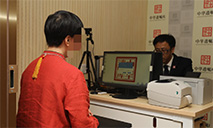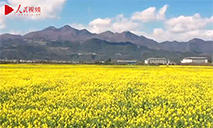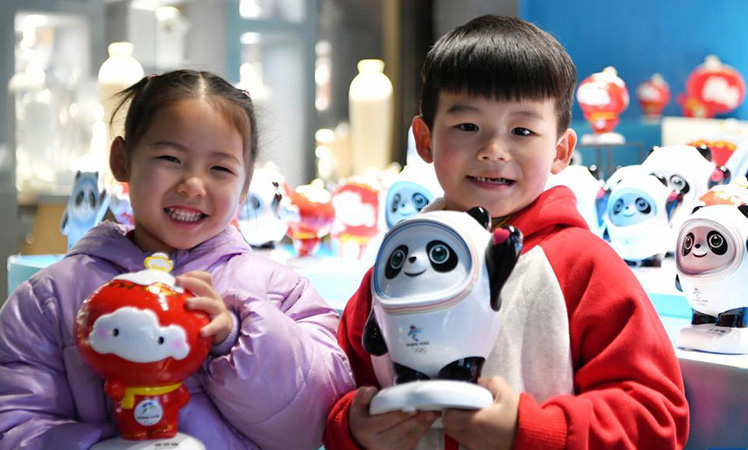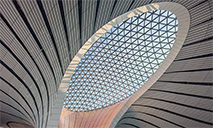Commentary: Serf-turned masters living testimony to Tibet's leapfrog development

Photo taken on Jan. 25, 2022 shows the scenery of the Yamzbog Yumco Lake in Shannan, southwest China's Tibet Autonomous Region. (Xinhua/Shen Hongbing)
LHASA, March 28 (Xinhua) -- Tibet Autonomous Region in southwest China on Monday celebrated Serfs' Emancipation Day. This public holiday marks the date in 1959 when people in Tibet launched a democratic reform that ended the region's feudal serfdom and freed a million serfs, or more than 90 percent of its population at the time.
Although morally bankrupt Western powers like the United States have been repeatedly hyping up "human rights" issues in Tibet, Tibetan people know the truth about the human rights they enjoy today, since history is a great teacher.
Over the past 63 years, Tibet has progressed from darkness to light, from poverty to prosperity, and from autocracy to democracy. Tibet today has come to epitomize China's leapfrog development and served as a vivid example of progress in democracy and human rights.
Comparing Tibet before and after 1959, it is easy to see the region's amazing progress in the field of human rights, provided one doesn't allow ideological bias to obscure reality.
For centuries Tibet was ruled by a feudal serf system. Serfs were subjected to cruel exploitation and oppression before 1959. The laws of old Tibet allowed the estate-holders to deny all human rights of their serfs, who could be bought and sold, thrown in jail, or even killed at will.
There was a saying among serfs in old Tibet: "Serfs can only take their shadows away with them and leave only their footprints behind.
It is safe to say that old Tibet's serf system represented one of the worst systematic abuses of human rights in human history. And the 1959 democratic reform pulled serfs out of their misery and ushered Tibet into a brand new world.
Under the systems of the people's congresses and regional ethnic autonomy that were put in place after the reform, Tibetan people have not only become masters of themselves, but also of the country and society. People in Tibet enjoy full and equal rights in the political, economic, social and other realms.
Through the reform, women have been empowered with political rights. They took part in political affairs by participating in elections of the people's congresses, becoming civil servants, and establishing women's organizations. By the end of 2020, female civil servants working in governments at all levels accounted for 34.24 percent of Tibet's total, according to the latest official data.
These great changes, as noted in the late American journalist Israel Epstein's 1983 book Tibet Transformed, "were profoundly emancipatory, physically and mentally, for the overwhelming majority of Tibetans."
The 1959 reform has brought about a historic transformation in economic and social development as well as people's livelihoods in Tibet.
In 2021, Tibet's regional GDP topped 200 billion yuan (about 31.4 billion U.S. dollars) for the first time, representing a giant leap from the 1959 figure of a mere 174 million yuan. With the rise of a middle-income group, Tibet has built a vibrant and sustainable regional economy.
Medical insurance has covered the whole population in Tibet. The average life expectancy in Tibet soared from 35.5 years before 1959 to 72.19 years in 2021. Tibet's permanent population has grown from 1.23 million in 1959 to 3.65 million in 2020. Tibet is the first provincial-level region in China to provide 15 years of free education.
Facts speak louder than words. While the Western powers preach their so-called human rights, they overlook their horrific human rights records, like mass shootings and racial discrimination.
Thanks in no small part to the serfs' emancipation, the Tibetan people have bid farewell to the miserable past, and welcomed a brighter future.
Photos
 Increasingly more young adults in China register wills that include virtual assets
Increasingly more young adults in China register wills that include virtual assets Rapeseed flowers turn NW China's Luoping into picturesque spring wonderland
Rapeseed flowers turn NW China's Luoping into picturesque spring wonderland Why do people in China fall for animated characters like LinaBell and Bing Dwen Dwen?
Why do people in China fall for animated characters like LinaBell and Bing Dwen Dwen? Photo Album: architecture in Beijing merging history and modernity
Photo Album: architecture in Beijing merging history and modernity
Related Stories
Copyright © 2022 People's Daily Online. All Rights Reserved.






